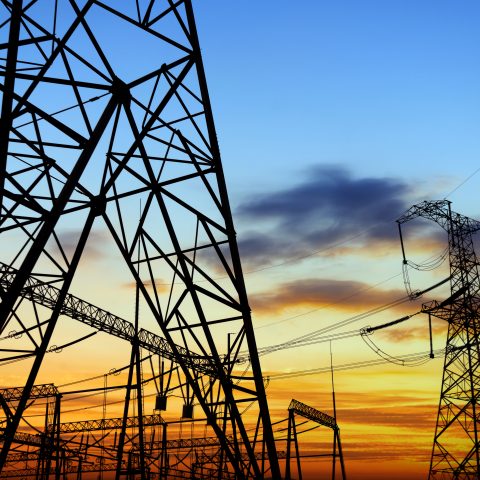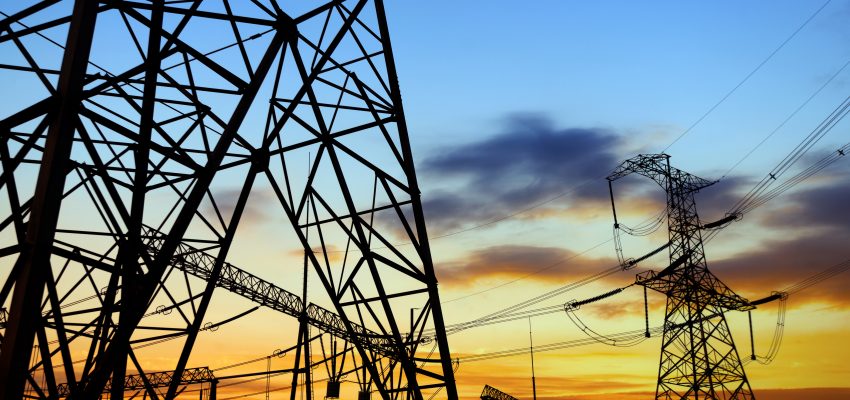Electricity generation, transmission and distribution is a continuously changing market in North America especially in recent years, where new regulations, new technologies and new opportunities for improvement are constant.
In this post, we will investigate opportunities and challenges that come with modernizing electrical grids including electric vehicle (EV) charging.
Then, we look at the future of renewables as forecasts suggest continued growth in renewable generation methods, such as wind and solar.
7 Grid Modernization Opportunities and Challenges
Modernizing the electrical distribution system in North America presents many opportunities and challenges. Electrical Construction & Maintenance (EC&M) has compiled seven issues that stand between the current state and a modern electrical grid.
Use of Big Data
Data points of meter reads have increased about 1,000 more times than before. This significant increase in data collection can be used to analyze delivery systems and energy usage and can help to identify inefficient conditions, theft of service or unusual losses. The additional challenge then becomes turning this information into actual savings.
Electrification of Transportation
A rough estimate has one-third of the United States’ energy usage being used for transportation in the form of fossil fuels. Replacing energy from fossil fuels with electric energy is a large opportunity for improvement, with major challenges including EV charging infrastructure, battery charge times and widespread EV adoption.
More (Renewable) Power
Currently, about 17% of the electricity generated in the U.S. is generated from renewable sources according to the U.S. Energy Information Administration. The opportunity for growth is clear, but is challenging due to cost and storage capacity. Energy storage systems are poised for wide adoption and this will greatly enhance renewables usage for non-constant sources like wind and solar.
Defense
Supervisory Control and Data Acquisition (SCADA) has been used in power delivery networks and is now making its way into the control and communication of distribution systems. New smart and controlled devices present security challenges, but opportunities exist for improved products that may help to reduce risk.
Resilience
Much of our electric grid is reaching end-of-designed lifespans. As delivery systems age, how do you make them more resilient? That’s a big challenge for design and maintenance standards to improve upon and provide compelling evidence for.
Regulatory Policy
In the U.S., states have the ability to create incentive programs for energy conservation which aim to reduce usage through cost-beneficial opportunities. However, incentives cost money and may fall on the customer to balance the cost-benefit to make the incentivized change.
People
Like many other parts of the electrical industry, the utility market is no stranger to labor shortages for engineers, electricians and line workers. Retirement of older workforces continues to make it more difficult and expensive to hire and maintain talent across positions in the industry. The positive opportunity is that this has the potential for those younger generations to grow, learn and succeed.
Electric Vehicle (EV) Distribution Grid Upgrades
A recent article in IEEE Electrification Magazine* discusses the demand for EVs and the burden the grid will have to endure to accommodate the required infrastructure. In many urban areas, too fast adoption of EV will stress the local grid. The effects of climate change, concerns about air quality and the finite nature of fossil fuels are influencing initiatives to reduce carbon dioxide emissions, specifically from transportation vehicles that account for about 23% of the total energy-related emissions.
*IEEE Electrification Magazine requires an IEEE member or institution supplied IEEE Xplore credentials.
Forecasting the Future of Renewable Energy Generation
The Federal Energy Regulatory Commission (FERC) has significantly changed its three-year forecast compared to the previous month’s report for the mix of electrical energy generation capacity according to recently released data. North American Wind Power dives deep into the FERC’s latest “Energy Infrastructure Update” report analyses by SUN DAY, a non-profit research and educational organization, that suggests that fossil fuel generation may not grow in capacity due to a combination of “high-probability additions” and “retirements.”
Decreases in the forecast since the previous report are below:
- Coal – 628 MW being retired or not built at all
- Gas – Net 372 MW less being brought online
- Nuclear – 7.286 MW being retired
Increases in the forecast since the previous report are below:
- Wind – 1,772 MW growth
- Solar – 1,456 MW growth
- Hydropower – 952 MW growth
- Biomass – 9 MW growth
- Geothermal – Remains unchanged from the previous report
“The revisions in FERC’s latest three-year projections underscore the dramatic changes taking place in the nation’s electrical generating mix,” says Ken Bossong, executive director of the SUN DAY Campaign. “Renewable energy sources are rapidly displacing uneconomic and environmentally dangerous fossil fuels and nuclear power – even faster than FERC had anticipated only a month ago.”
Electrical Engineers: Your Source for Electrical News and Advice
Stay on top of new trends, advice and information by subscribing to the nVent ERICO blog. Our electrical engineering and product experts regularly publish new information, and also curate top resources with posts like this one.



